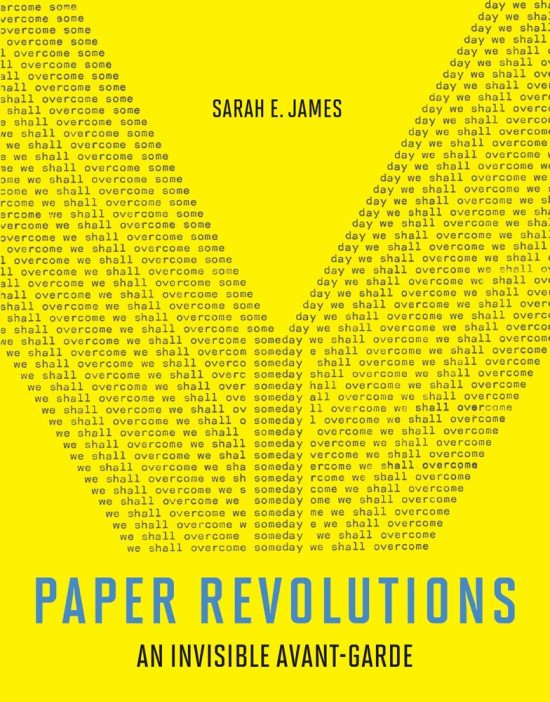COMMON GROUND: GERMAN PHOTOGRAPHIC CULTURES ACROSS THE IRON CURTAIN, Yale University Press, 2013.
'In this superbly illustrated volume, James is on the quest for new historical figurations of political subjectivity […] James' text has political ambition. It wants to fix these photographic narratives within the turbulence of political, economic and ideological pressures, including the pressure of the self-proclaimed 'post-ideological'‘. Professor Esther Leslie, Oxford Art Journal, 2014.
'[An] engaging, well-written, intelligent and necessary study of post-war German photography that will revise the way we think about East and West Germany and their relationship to the vibrant photographic culture of Weimar.' Professor Jonathan Long, Source Magazine, 2014.
'Perhaps the greatest strength of the book lies in this steady and careful consideration of Weimar influence in both East and West, and of the attendant overlappings that belied the solidity of the barriers between the two German societies...This book will be enormously useful for historians as well as art historians, the flood of well-chosen images with which James has illustrated it sets it apart from most histories.' Dr Sarah Goodrum, H Soz U Kult, 2014.
'Because critiques of capitalism / neo-liberalism and its influence on global world culture in the post-socialist era have risen to the fore of scholarship since the 2008 global financial crisis, James' text and its East-meets-West framing have clear contemporary relevance. This book should become a new standard in courses of German art history and visual culture, especially as the Cold War narrative increasingly explores the East Bloc. That it will inspire further research into this neglected field is guaranteed.' Dr Sara Blaylock, Sehepunkte, 2015.
PAPER REVOLUTIONS: AN INVISIBLE AVANT-GARDE, The MIT Press, 2022.
‘Paper Revolutions. An Invisible Avant-Garde proposes a compelling reinterpretation of this both half-forgotten and strongly misunderstood tradition, that of vanguard life and art in the GDR. Sarah E. James’s book compellingly demonstrates that the work, the social position as well as the political orientation of these vanguard artists, were not what we think they were. These works were often extremely innovative and truly experimental [...] James makes a strong plea for reconsidering the center/periphery dichotomy, stressing the fact that the so-called peripheries (including those of non-Western Europe) obey different chronologies, agendas, and mechanisms than those of the Western center (New York, Paris, London). She rightly stresses that these peripheries are necessarily misunderstood when seen in relationship with the self-proclaimed universalizing center of the West. Besides, and this is the most original theoretical contribution of the book, avant-garde work in the GDR, where artistic work was bureaucratically organized, generously state-funded and narrowly controlled, can only be understood if analyzed in connection with its specific environment, which is neither the public space, nor the typically Western private studio or art gallery, but the open space of the artist’s private apartment… James persuasively shows that GDR vanguard art is also vanguard life and politics.
James’s study is an important contribution to more than one domain. It definitely discloses an archive that has never been seriously studied and which it is now high time to further examine, perhaps by having a closer look at the works of GDR vanguard artists that adhered to a Western ideology. It should invite Western art history to revise some of its biases, using for instance this book as a springboard to ask new questions on post-colonialism in Eastern Europe. And it also helps redefine the role and place of what we call avant-garde and the relationship between the ideals and practices of the historical avant-garde (before the divide between the West and the rest) and the forms and ideologies of the various neo-avant-gardes. In that sense, the book is also an invitation to stop studying art from a purely artistic perspective and to reframe it in the broader context of everyday history.’ Professor Jan Baetens, Leonardo, June 2022.

